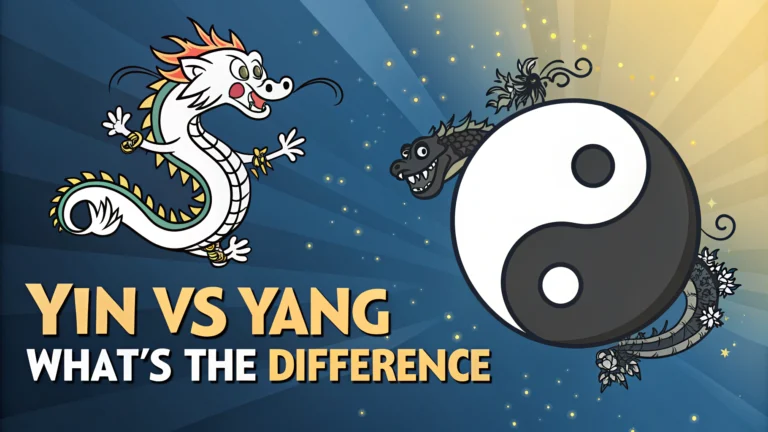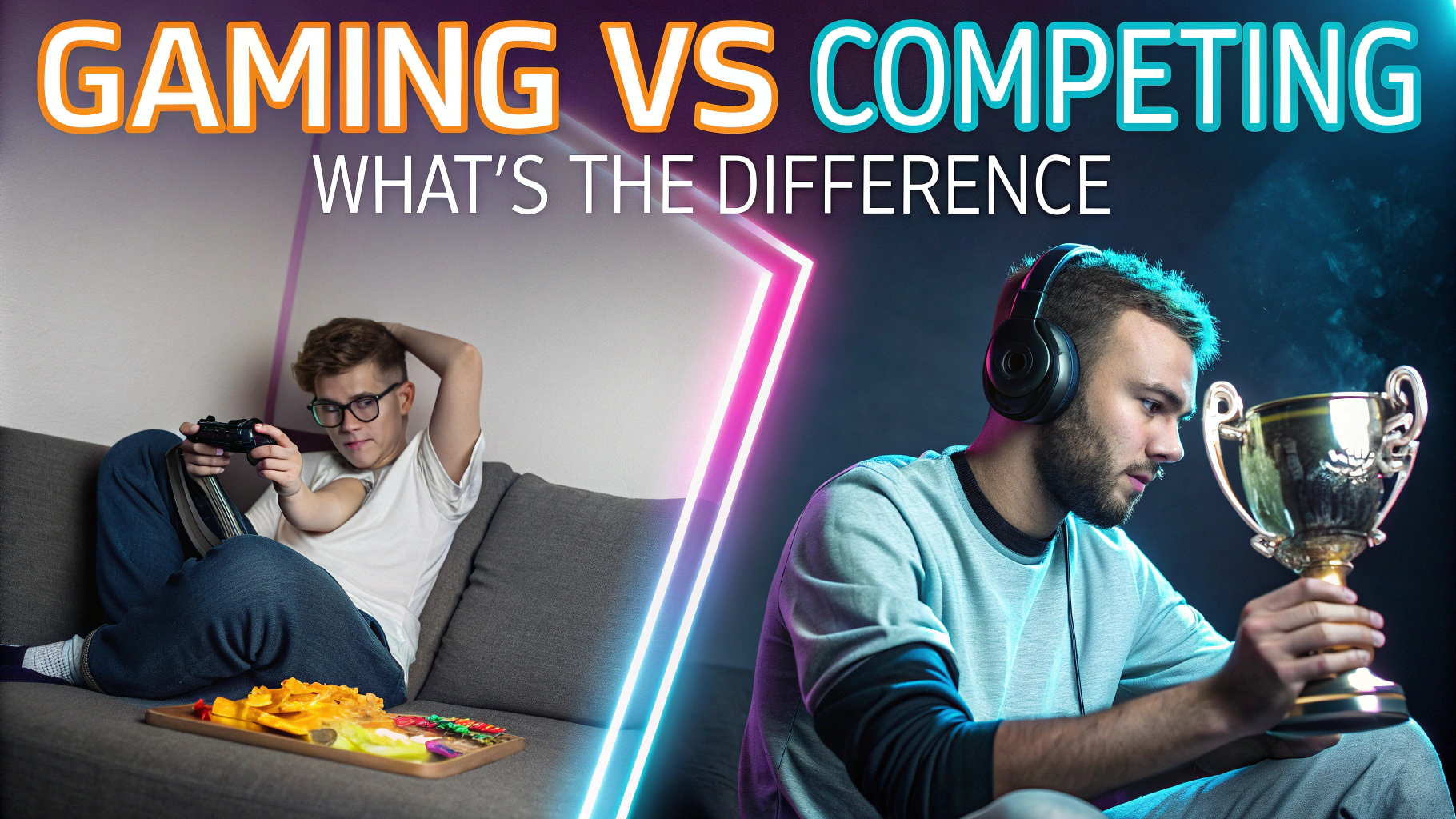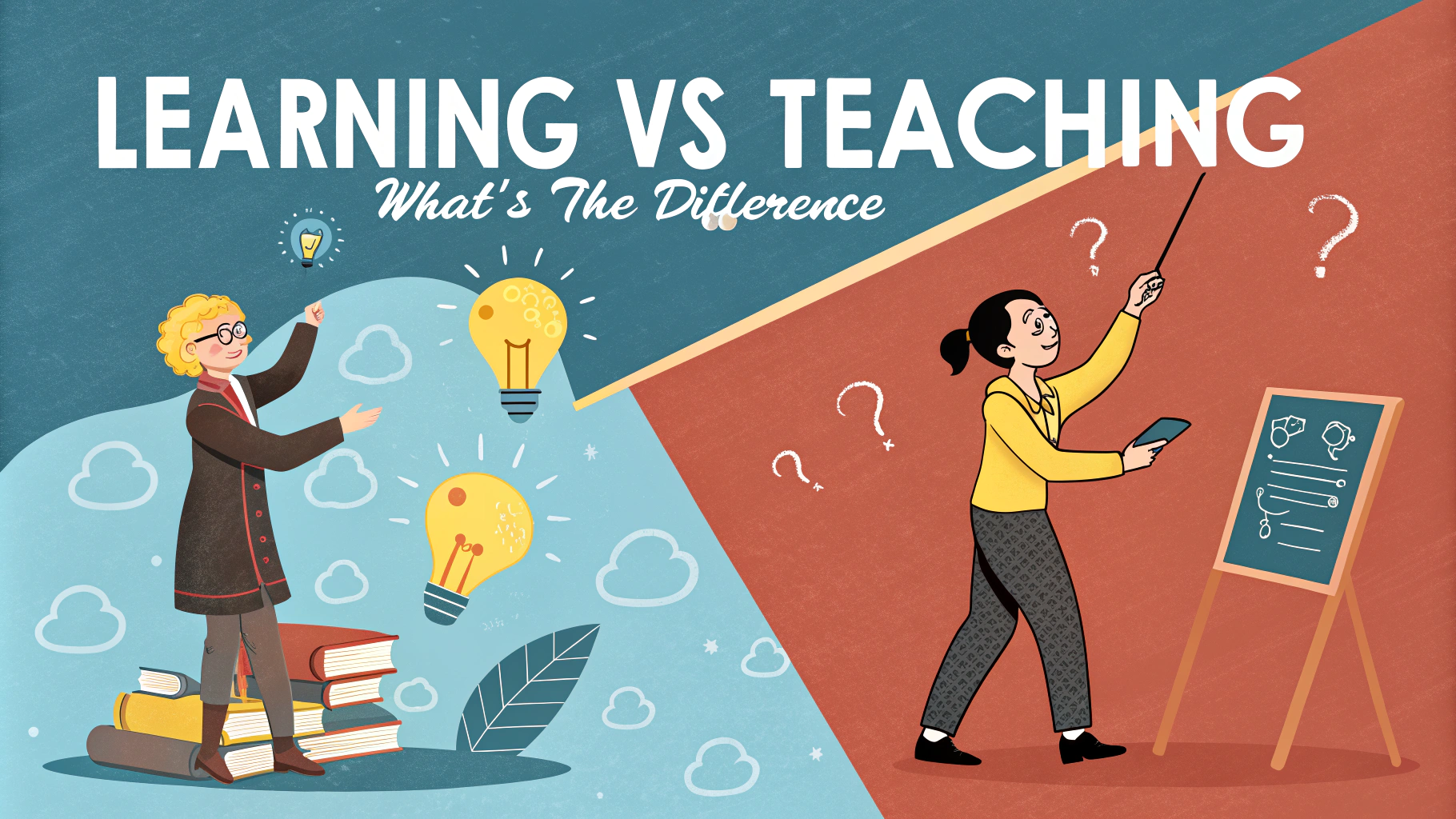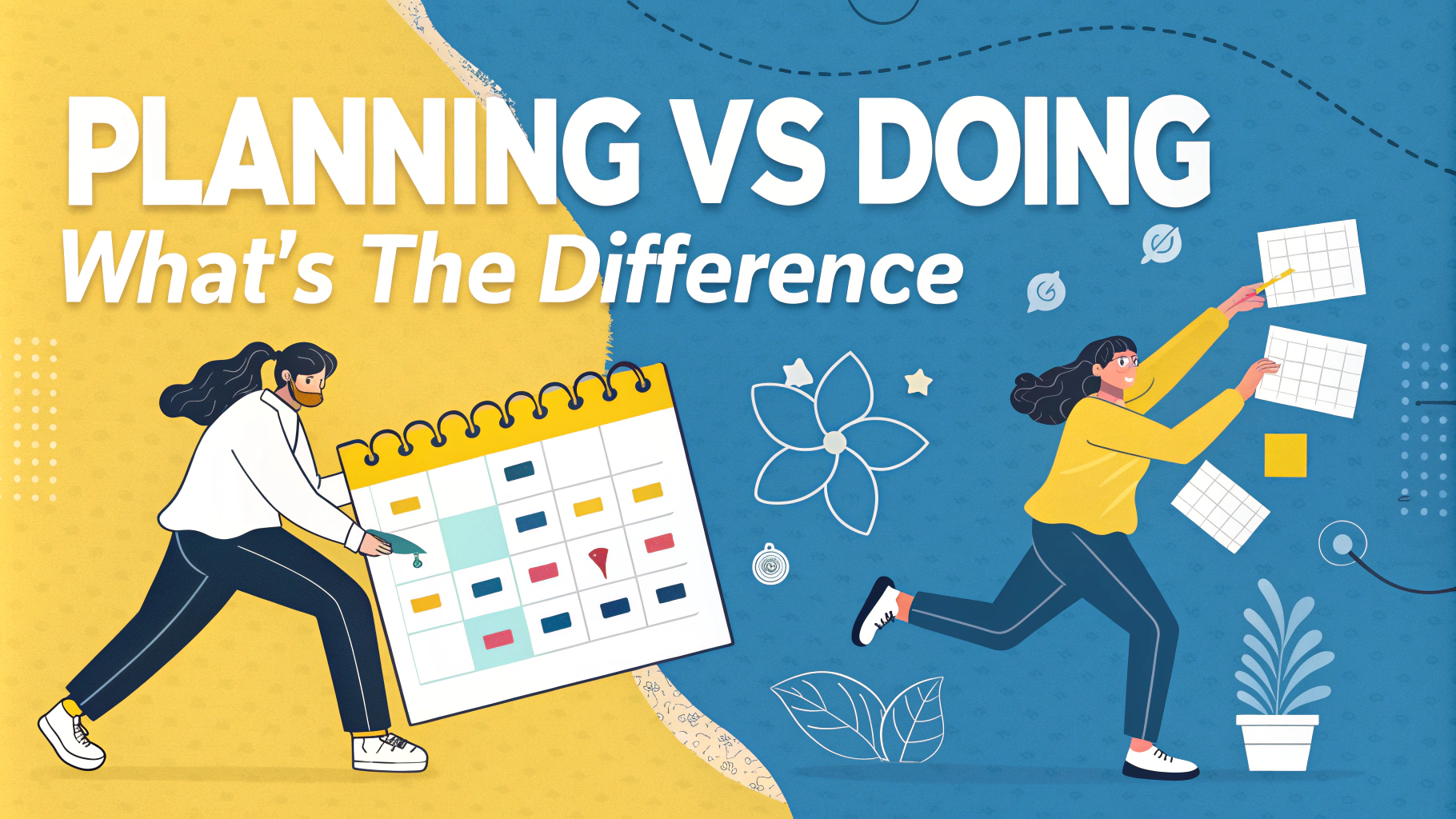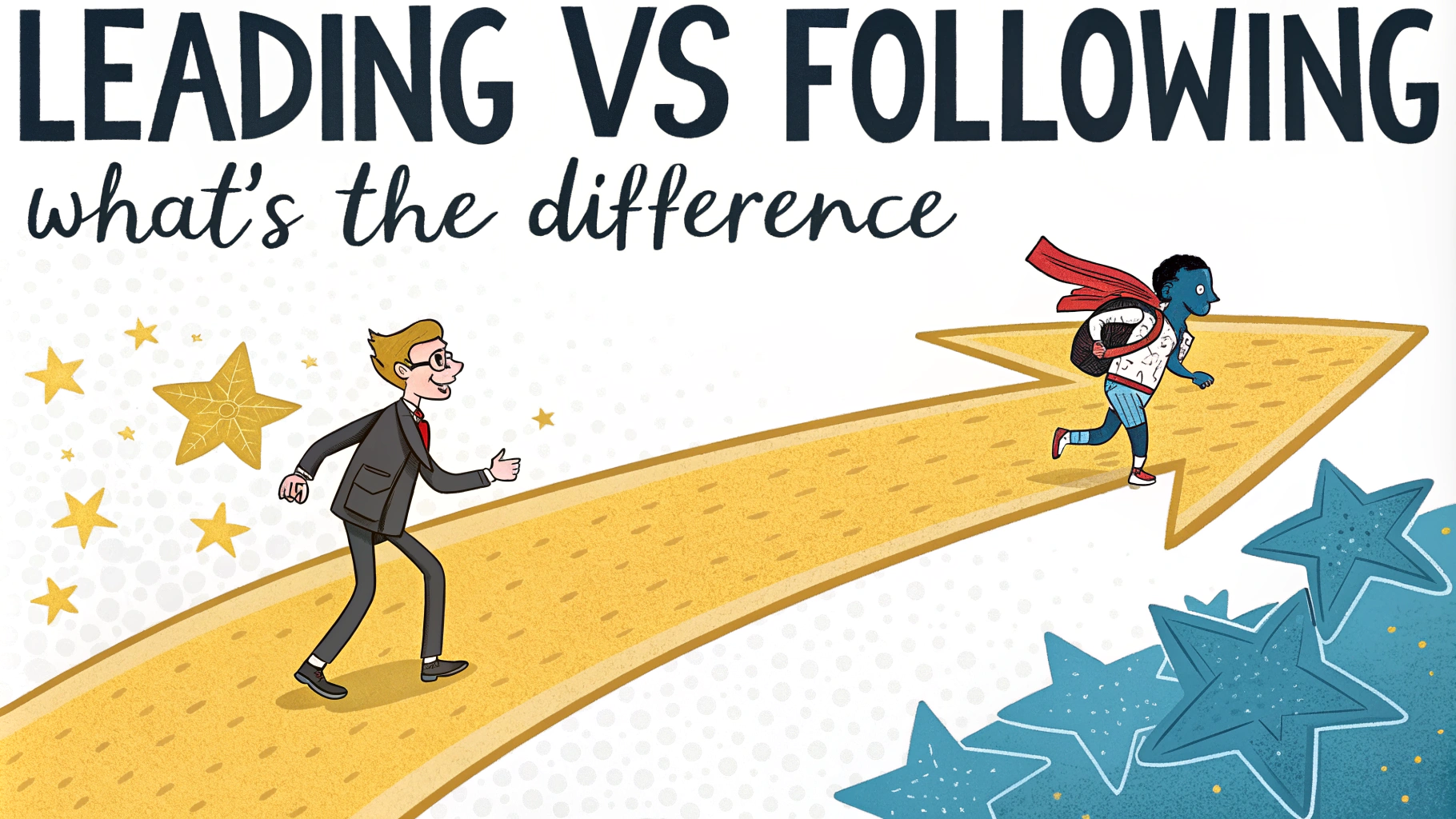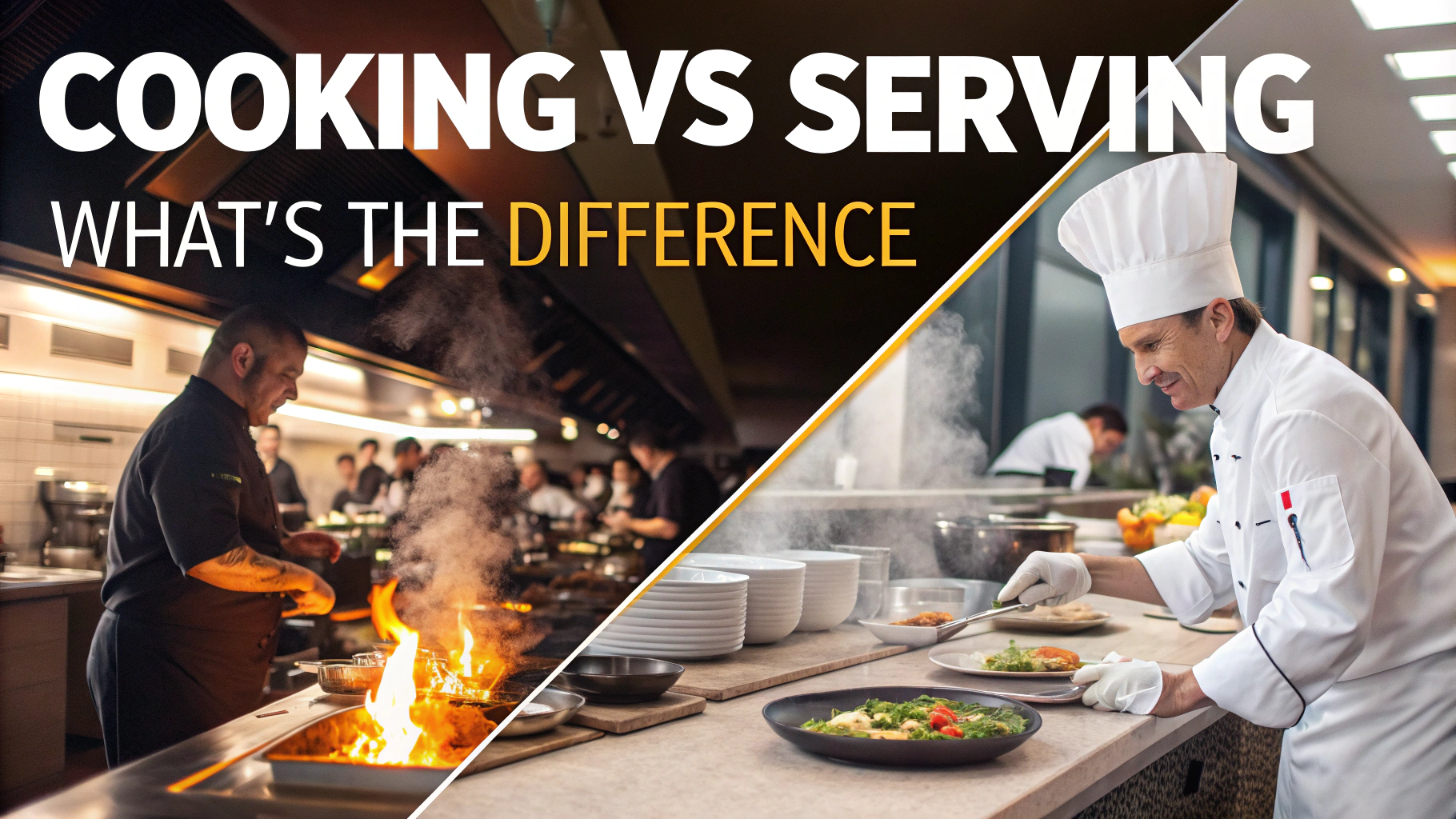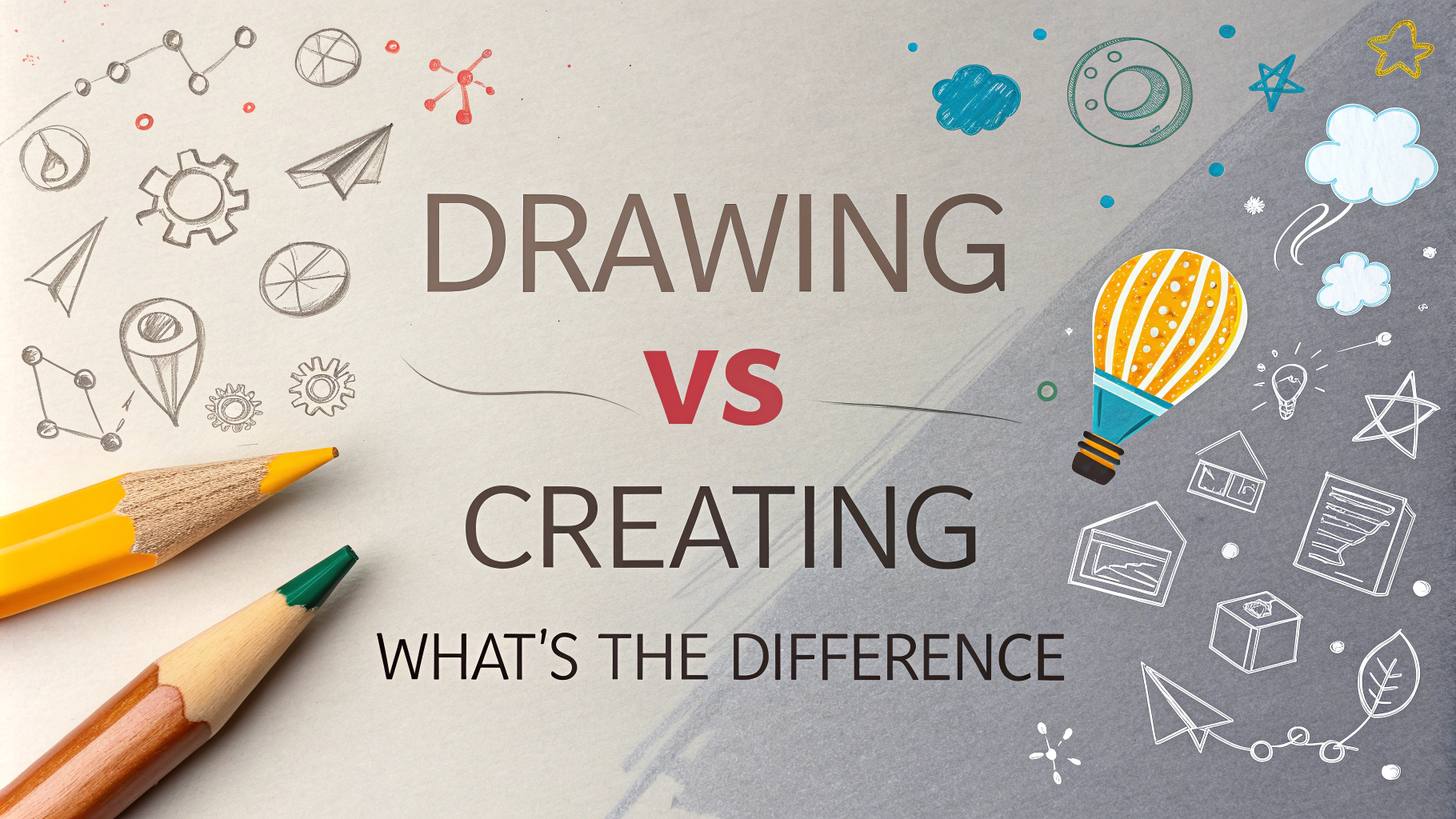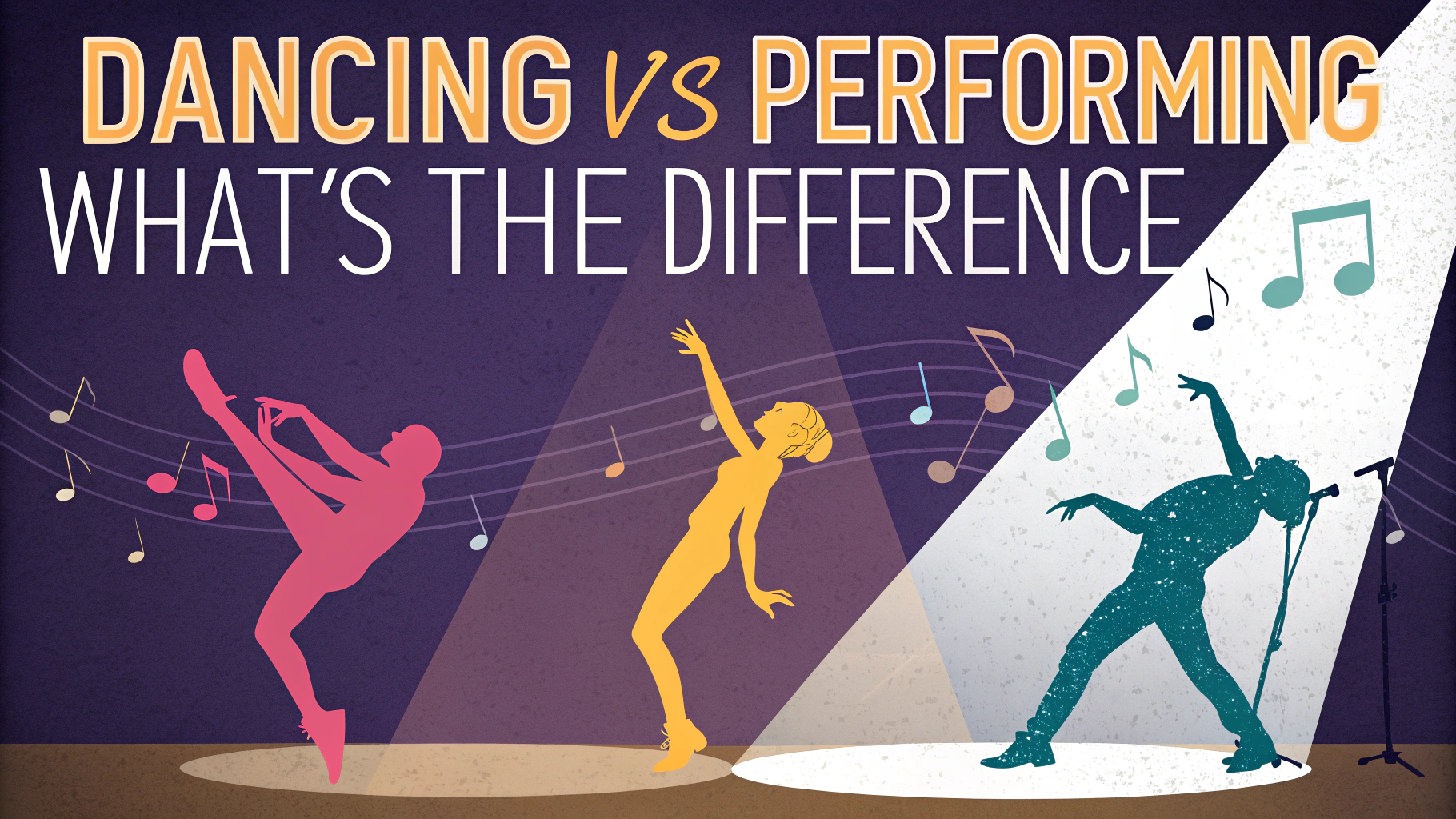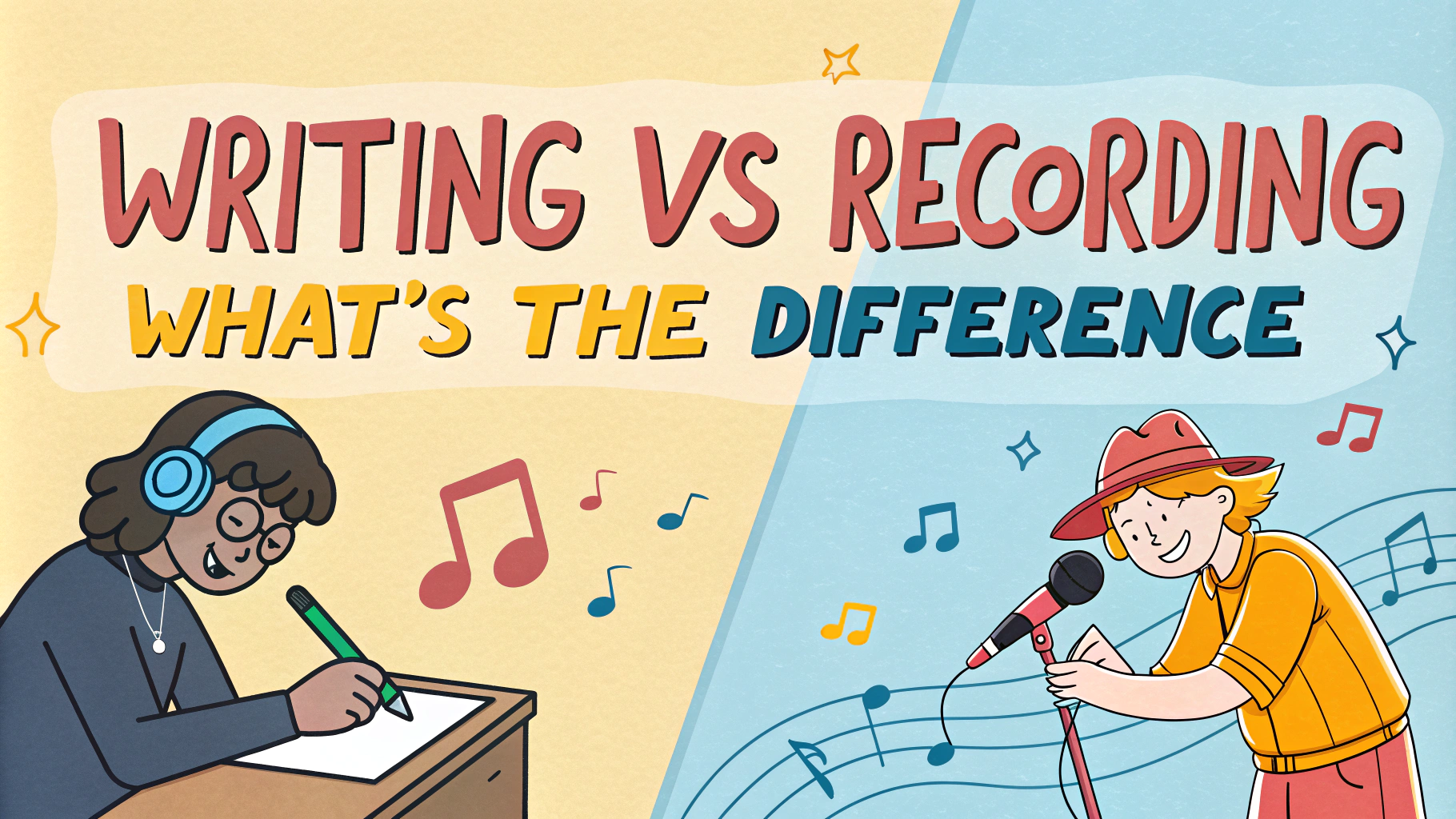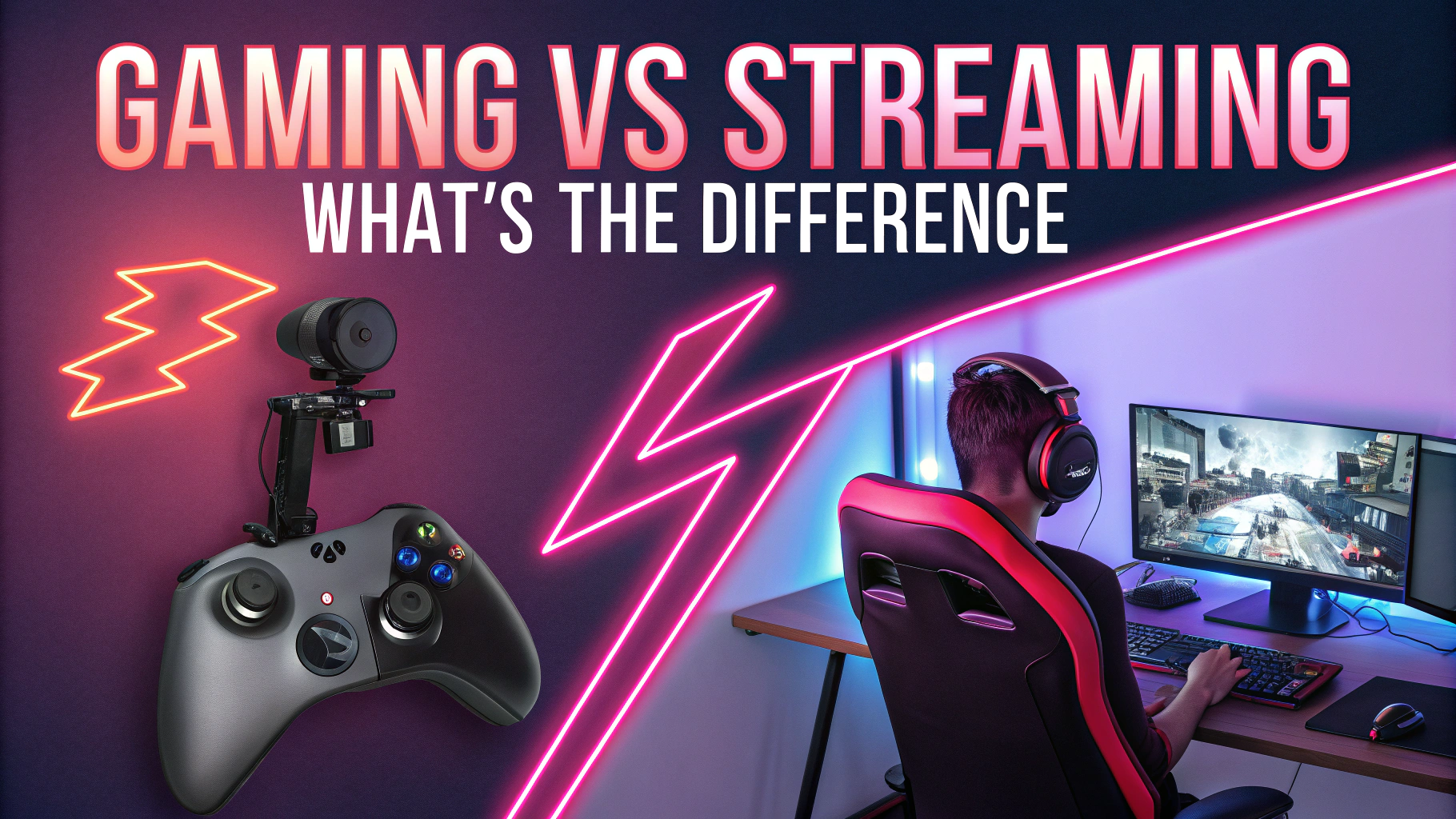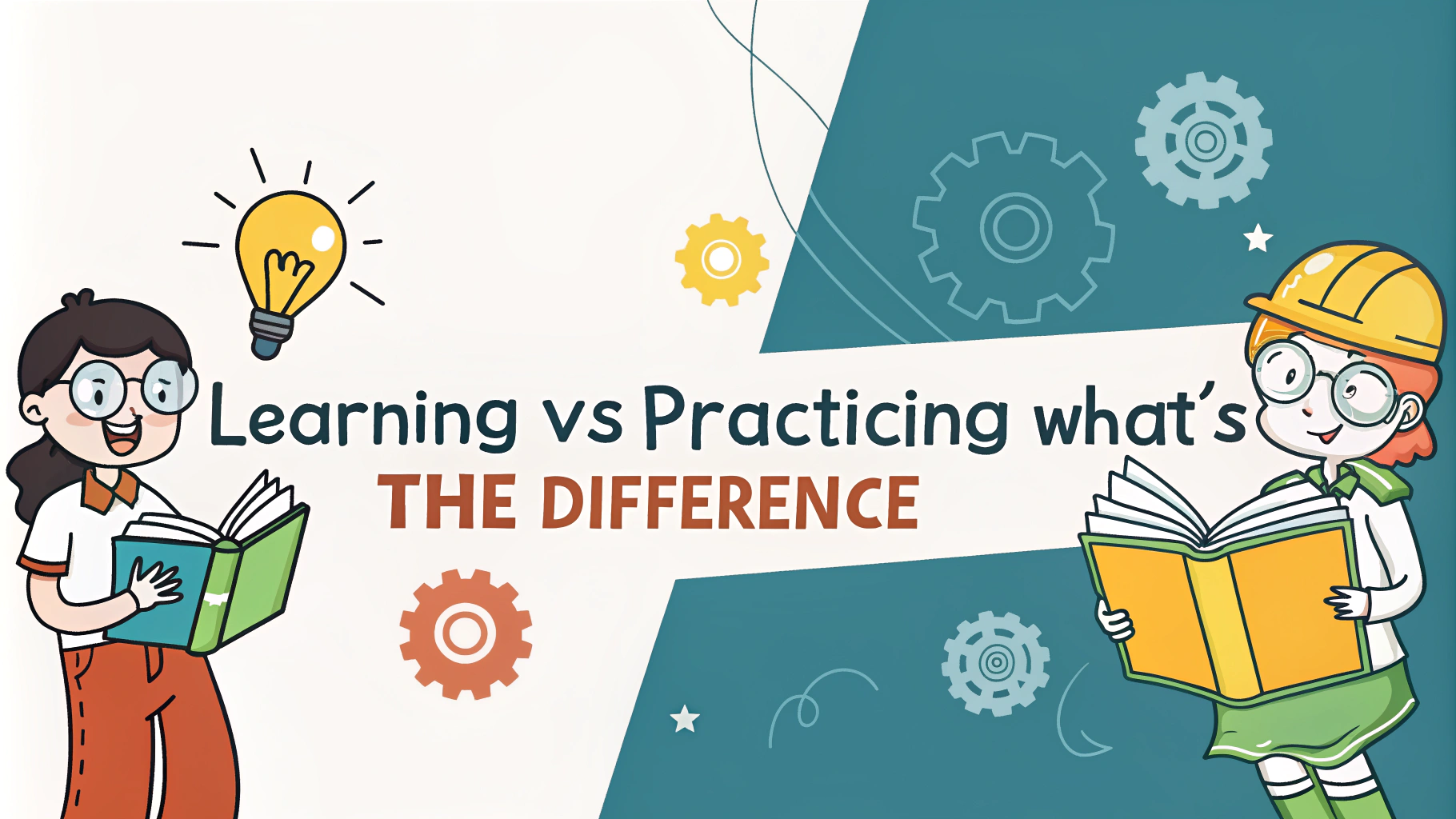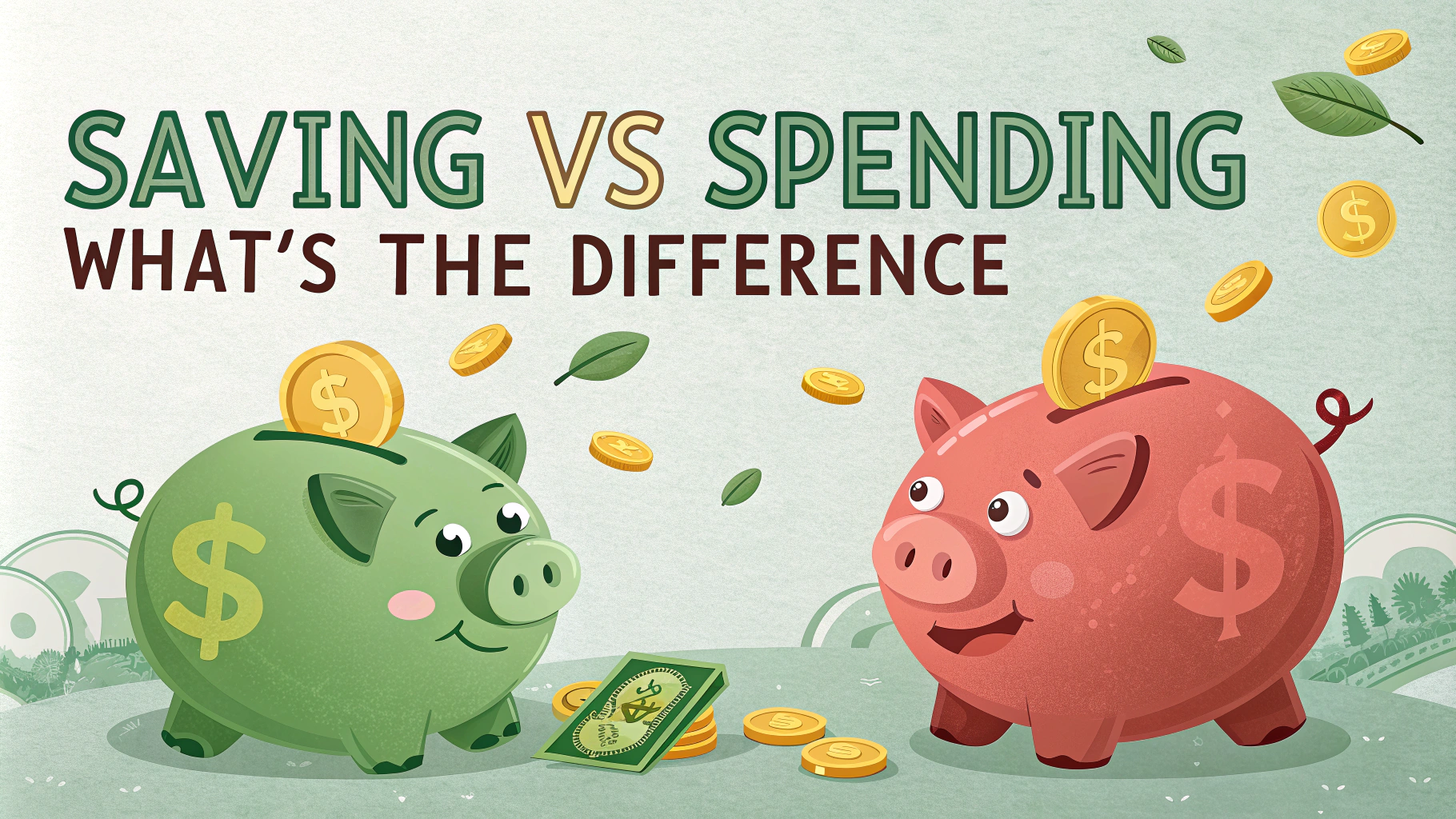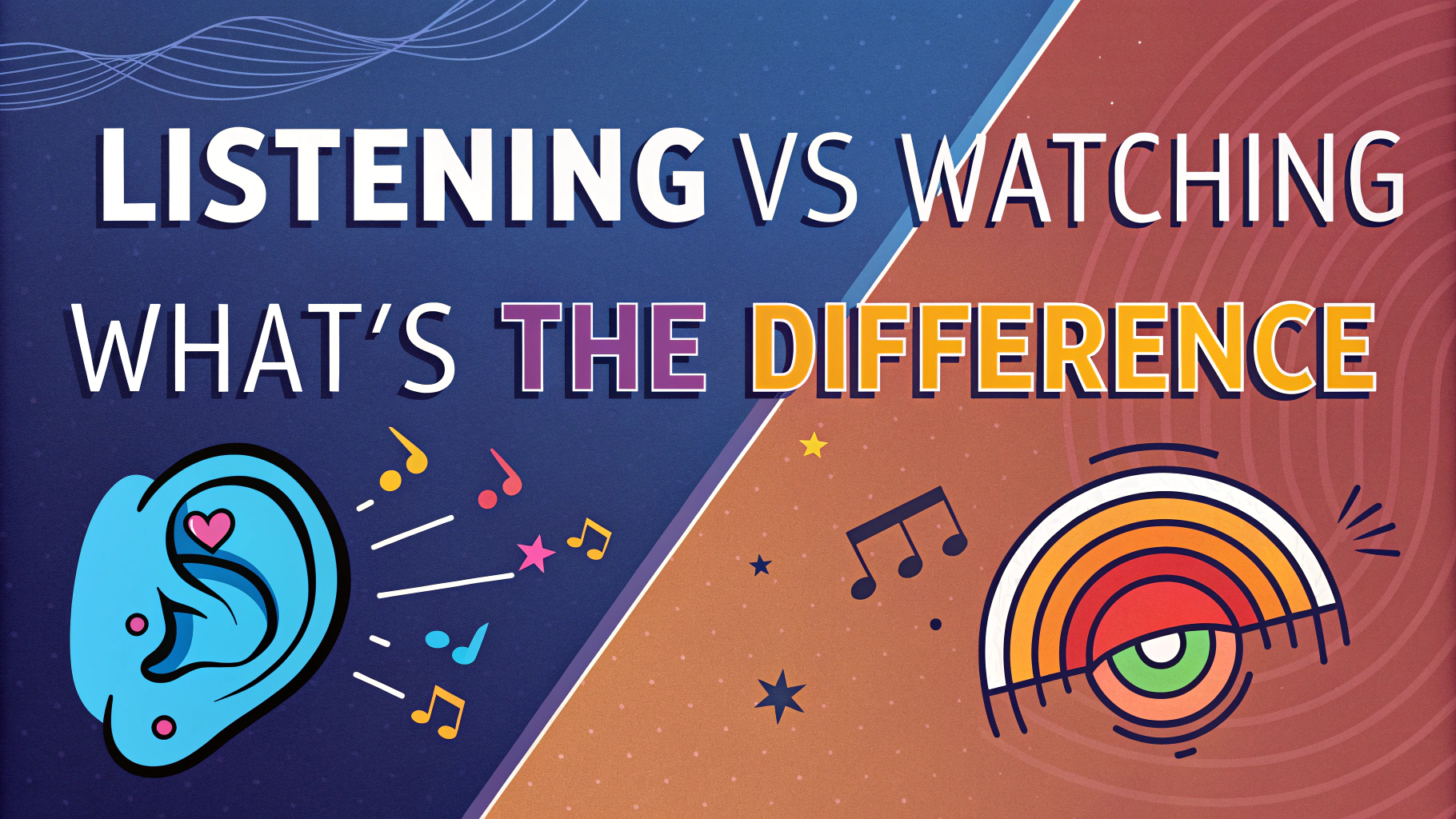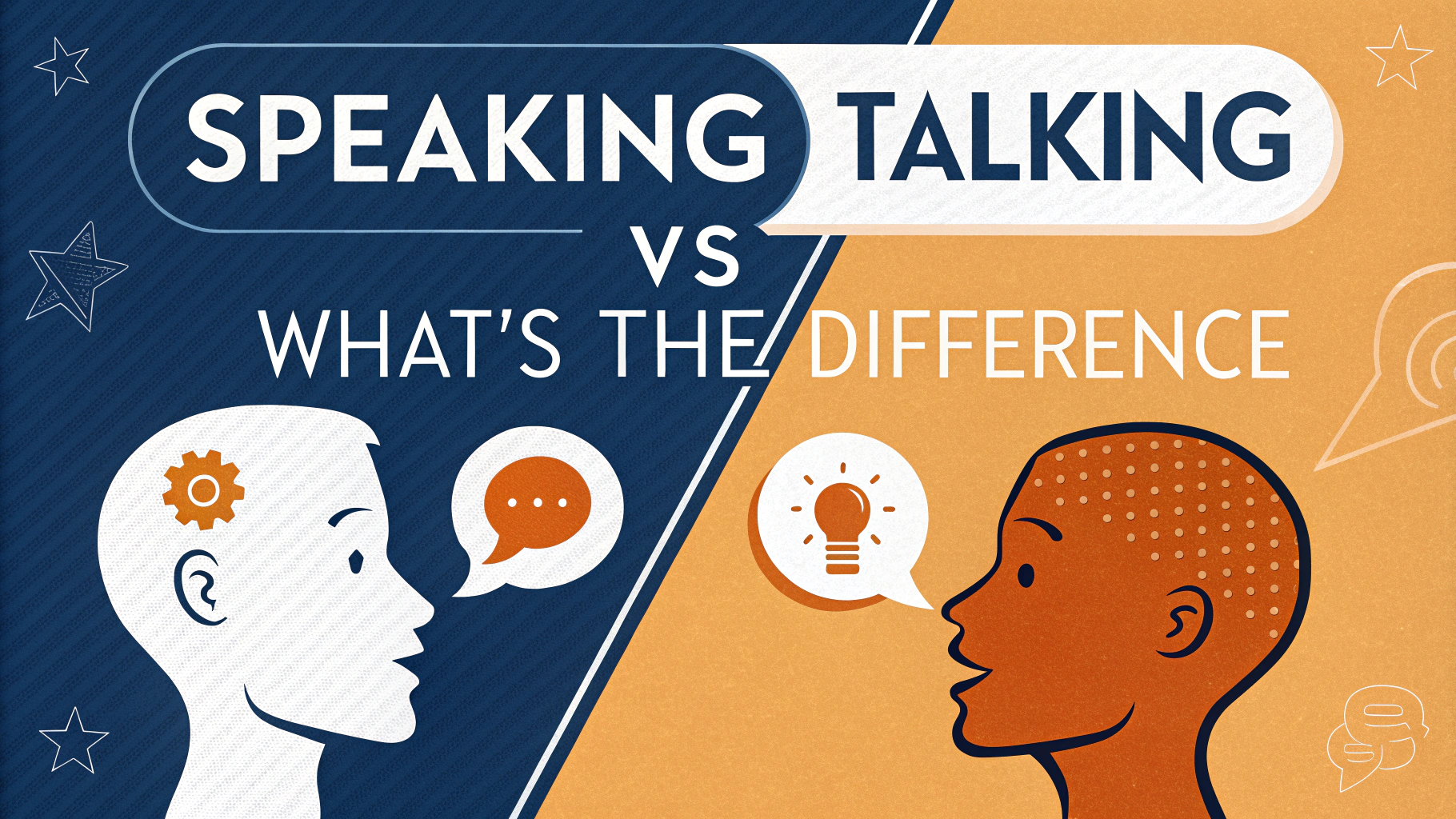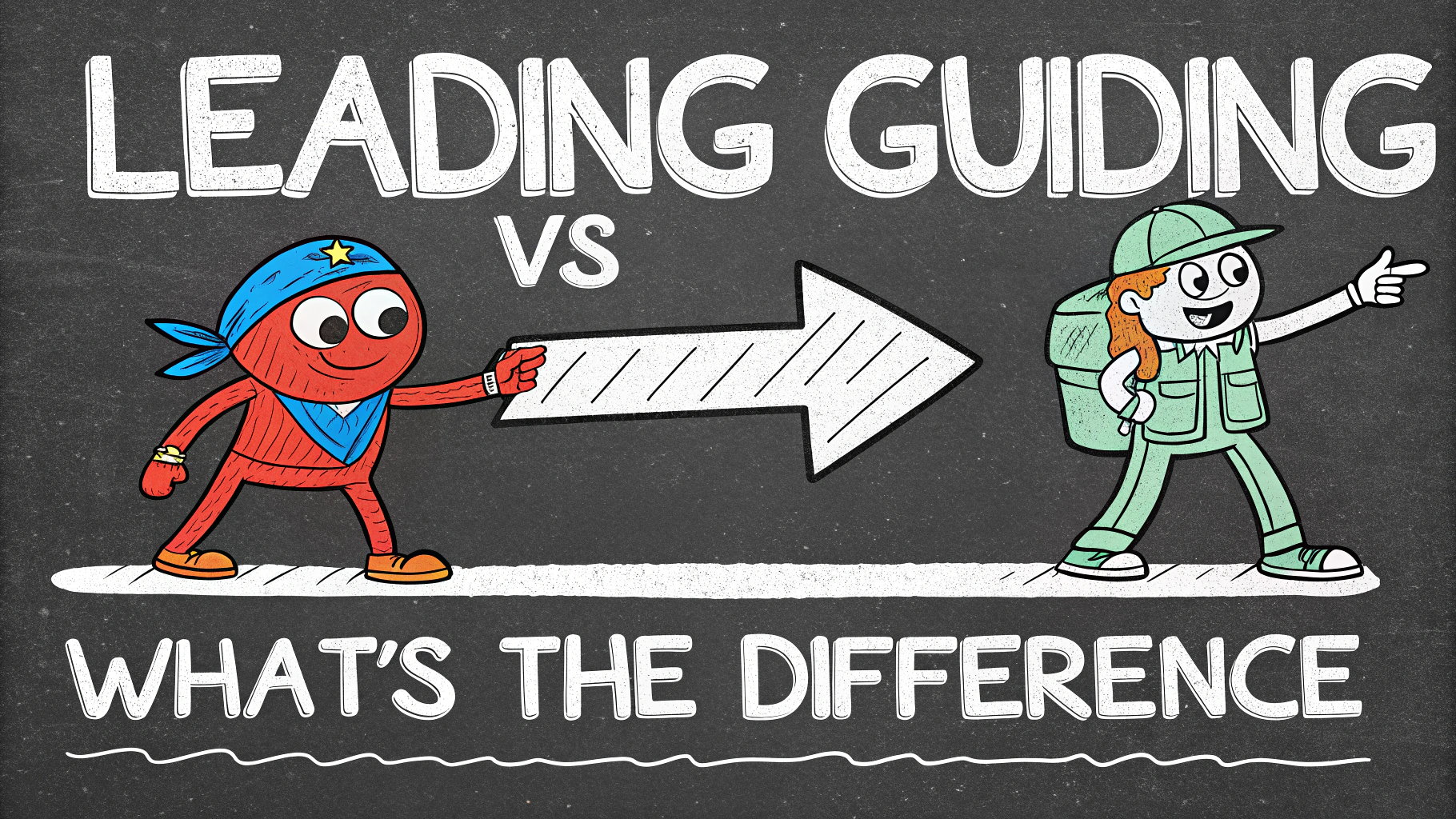Yin and Yang, ancient Chinese symbols of duality, represent the interconnected nature of opposing forces. This concept extends far beyond philosophy, influencing various aspects of our daily lives. Understanding the balance between these complementary energies can lead to harmony in relationships, health, and personal growth.This article explores the principles of Yin and Yang, their practical applications, and how to harness their power for a more balanced life. We’ll dive into strategies for recognizing imbalances and restoring equilibrium in different areas of your life.
Understanding Yin and Yang
Yin and Yang symbolize the dual nature of existence. Yin represents feminine, passive, and receptive qualities, while Yang embodies masculine, active, and assertive traits. These forces are not absolute but relative, constantly shifting and transforming into one another.Key characteristics of Yin and Yang:
- Yin: darkness, cold, rest, intuition, inward energy
- Yang: light, heat, activity, logic, outward energy
Understanding these qualities helps identify imbalances in various aspects of life.
Applying Yin-Yang to Health and Wellness
The concept of Yin and Yang is fundamental to Traditional Chinese Medicine (TCM). Achieving balance between these forces is crucial for maintaining good health and preventing illness.Practical tips for balancing Yin and Yang in your health routine:
- Alternate between vigorous (Yang) and gentle (Yin) exercises
- Include both warming (Yang) and cooling (Yin) foods in your diet
- Balance work (Yang) with rest and relaxation (Yin)
Harnessing Yin-Yang in Relationships
Successful relationships often embody a balance of Yin and Yang energies. Partners can complement each other’s strengths and weaknesses, creating a harmonious union.Ways to foster Yin-Yang balance in relationships:
- Recognize and appreciate your partner’s contrasting qualities
- Take turns leading (Yang) and supporting (Yin) in decision-making
- Balance alone time (Yin) with shared activities (Yang)
Balancing Yin and Yang in Personal Growth
Personal development often involves striking a balance between opposing forces. Applying Yin-Yang principles to self-improvement can lead to more holistic growth.
Strategies for personal growth:
- Alternate between learning (Yin) and applying knowledge (Yang)
- Balance self-reflection (Yin) with action-taking (Yang)
- Develop both emotional intelligence (Yin) and logical thinking (Yang)
By embracing both Yin and Yang aspects of personal growth, you can achieve a more well-rounded development.
Yin-Yang in Career and Work-Life Balance
Applying Yin-Yang principles to your professional life can help you achieve a healthier work-life balance and boost productivity.
Tips for balancing Yin and Yang at work:
- Alternate between focused work (Yang) and breaks (Yin)
- Balance collaborative projects (Yang) with individual tasks (Yin)
- Combine strategic planning (Yin) with active implementation (Yang)
Remember, a well-balanced approach leads to sustained success and prevents burnout.
Yin-Yang in Creative Pursuits
Creativity thrives on the interplay between Yin and Yang energies. Understanding this balance can enhance your artistic endeavors.
Applying Yin-Yang to boost creativity:
- Alternate between structured practice (Yang) and free-form experimentation (Yin)
- Balance inspiration-gathering (Yin) with active creation (Yang)
- Combine technical skills (Yang) with intuitive expression (Yin)
Embracing both Yin and Yang aspects of creativity can lead to more innovative and fulfilling artistic outcomes.
Conclusion: Embracing the Harmony of Opposites
Understanding and applying Yin-Yang principles can transform various aspects of your life. By recognizing the complementary nature of opposing forces, you can:
- Achieve better physical and mental health
- Foster more harmonious relationships
- Enhance personal growth and creativity
- Improve work-life balance
Remember, the goal is not to eliminate one force in favor of the other, but to find the right balance between them. This balance is dynamic and ever-changing, requiring constant awareness and adjustment.
As you apply these principles, pay attention to areas of your life that feel out of balance. Look for opportunities to introduce more Yin or Yang energy as needed. With practice, you’ll develop a keen sense of when and how to adjust these energies to maintain harmony.
Embracing the Yin-Yang philosophy doesn’t mean striving for perfection. Instead, it’s about recognizing the natural ebb and flow of life and working with these forces rather than against them.
By incorporating Yin-Yang principles into your daily life, you open yourself to a more balanced, harmonious, and fulfilling existence. Start small, be patient with yourself, and watch as the power of balance transforms your life, one area at a time.
FAQs about Yin vs. Yang
1. What is the basic concept of Yin and Yang?
Yin and Yang represent complementary forces in Chinese philosophy. They are opposite yet interdependent energies that create balance in the universe.
2. What are the symbols for Yin and Yang?
The Yin-Yang symbol is a circle divided by an S-shaped line, with:
- Black (Yin) on one side
- White (Yang) on the other
- A small circle of the opposite color in each half
3. How does Yin-Yang philosophy apply to traditional Chinese medicine?
In Traditional Chinese Medicine, health is viewed as a balance between Yin and Yang energies. Illnesses are treated by restoring this balance through herbs, acupuncture, and lifestyle changes.
4. What are some examples of Yin and Yang in nature?
| Yin | Yang |
|---|---|
| Night | Day |
| Moon | Sun |
| Winter | Summer |
| Water | Fire |
5. Can a person or thing be purely Yin or Yang?
No, everything contains both Yin and Yang aspects. The balance may shift, but neither force can exist in a pure state without the other.
6. How does Yin-Yang theory influence Feng Shui practices?
Feng Shui uses Yin-Yang principles to create harmonious environments. Practitioners balance Yin (passive) and Yang (active) elements in a space to promote positive energy flow.
7. What role does Yin-Yang play in martial arts?
Many martial arts styles, especially internal Chinese martial arts like Tai Chi, incorporate Yin-Yang theory in their movements, balancing soft and hard techniques.
8. How can understanding Yin-Yang improve personal relationships?
Recognizing the need for balance in relationships can lead to better understanding and cooperation between partners with different personalities or strengths.
9. What are some Yin-Yang foods in Chinese dietary theory?
Chinese dietary theory categorizes foods as Yin or Yang:
- Yin foods: fruits, vegetables, tofu
- Yang foods: meats, spicy foods, alcohol
A balanced diet includes both types.
10. How does Yin-Yang relate to the Five Elements theory?
The Five Elements theory (Wood, Fire, Earth, Metal, Water) is an extension of Yin-Yang philosophy, describing how these elements interact and transform based on their Yin or Yang qualities.
11. Can Yin-Yang principles be applied to business strategies?
Yes, businesses can apply Yin-Yang concepts by balancing:
- Innovation (Yang) with stability (Yin)
- Expansion (Yang) with consolidation (Yin)
- Risk-taking (Yang) with caution (Yin)
12. How does Yin-Yang philosophy view gender?
Traditionally, feminine qualities were associated with Yin and masculine with Yang. Modern interpretations recognize that all individuals possess both Yin and Yang characteristics, regardless of gender.

